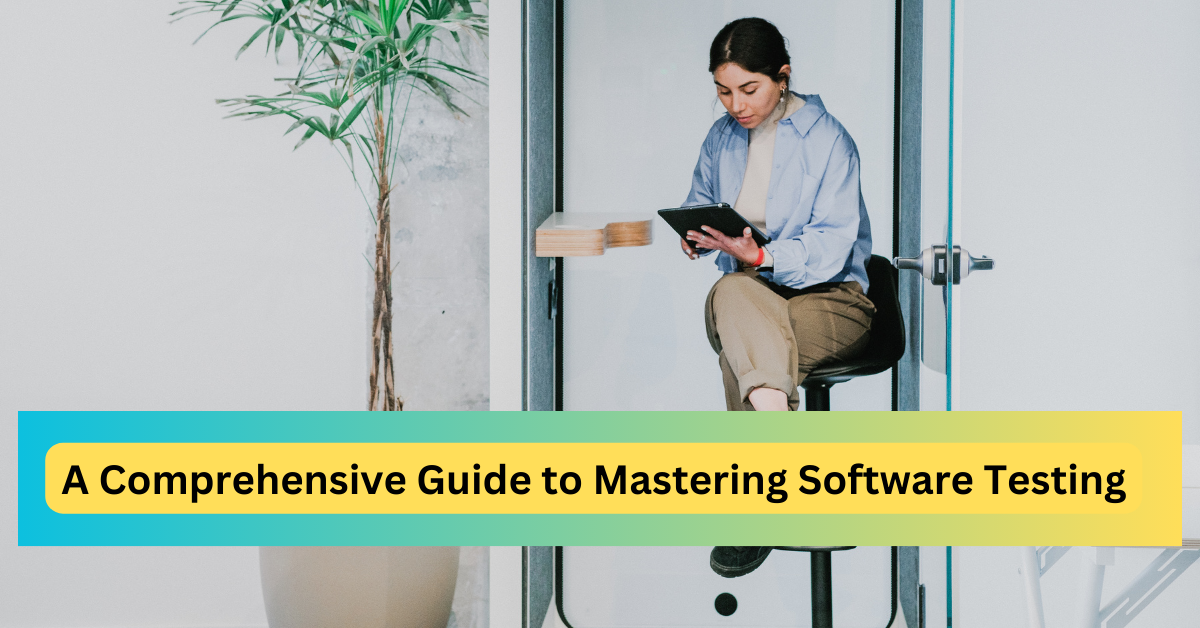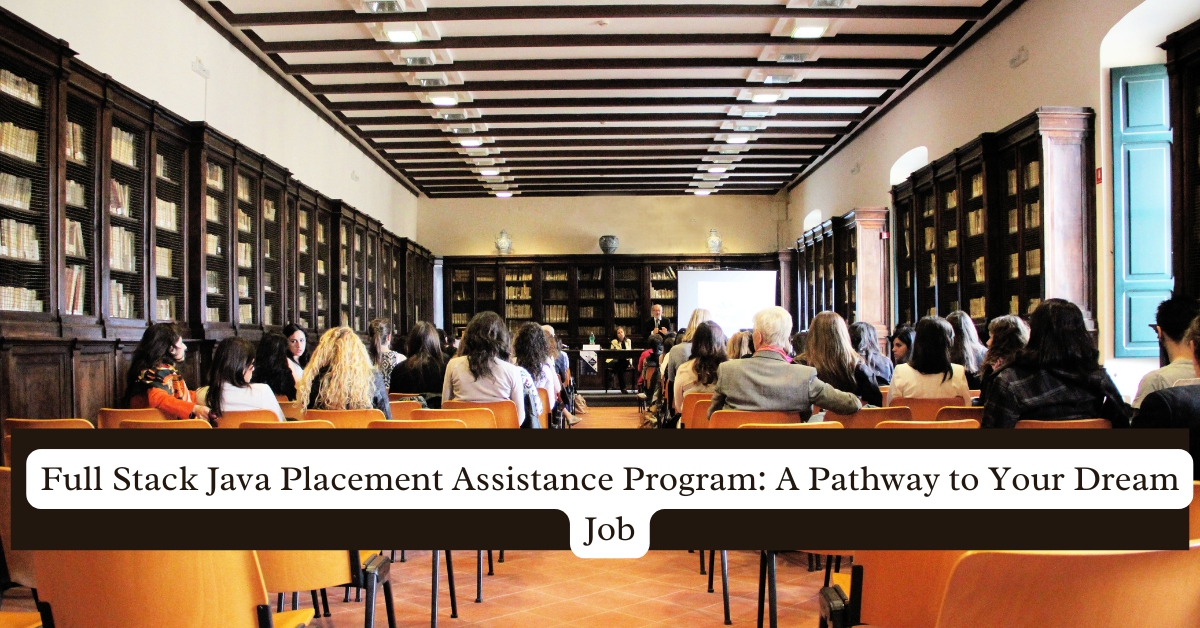Introduction
In the rapidly evolving world of technology, the role of a Full Stack Java Developer has gained immense importance. With the ability to work on both the front-end and back-end of web applications, Full Stack Java Developers are in high demand across industries. Companies are increasingly looking for developers who can handle the entire development process, from designing user interfaces to managing databases. This article explores the significance of Full Stack Java Developer training, delves into key concepts, and provides practical advice for those looking to embark on this rewarding career path.
Why Full Stack Java Developer Training is Essential
The digital transformation sweeping across industries has led to an unprecedented demand for developers who can manage both client-side (front-end) and server-side (back-end) development. Full Stack Java Developers are equipped with the skills to build robust, scalable web applications from start to finish. Java, as a versatile and widely-used programming language, plays a central role in enterprise-level applications, making Full Stack Java Developer training a critical asset for aspiring software engineers.
Training programs for Full Stack Java Developers cover a wide range of technologies and tools, preparing participants to tackle real-world challenges. By mastering these skills, you can significantly enhance your employability, open up new career opportunities, and contribute to the development of cutting-edge applications.
Key Concepts in Full Stack Java Developer Training
1. Core Java and Object-Oriented Programming (OOP):
A solid understanding of Core Java is the foundation of Full Stack Java development. Training programs typically start with the basics of Java, including syntax, data types, and control structures. Object-Oriented Programming (OOP) concepts, such as inheritance, encapsulation, polymorphism, and abstraction, are also emphasized. These principles are crucial for writing clean, maintainable, and reusable code.
2. Front-End Technologies:
Full Stack Java Developers must be proficient in front-end technologies like HTML, CSS, and JavaScript. Training programs teach how to create responsive and interactive user interfaces using frameworks like Angular, React, or Vue.js. Understanding how to design user-friendly interfaces that offer a seamless user experience is essential for full stack development.
3. Back-End Development with Java:
The back-end is where Java truly shines. Training covers building server-side applications using Java frameworks like Spring and Hibernate. Spring, in particular, is popular for its comprehensive ecosystem, which includes Spring Boot, Spring MVC, and Spring Security. Hibernate, a powerful ORM (Object-Relational Mapping) tool, simplifies database interactions by mapping Java objects to database tables.
4. Database Management:
Managing data is a critical aspect of full stack development. Training programs typically include courses on SQL and NoSQL databases. MySQL, PostgreSQL, and MongoDB are commonly covered. Understanding how to design, query, and optimize databases is crucial for building scalable applications.
5. Version Control and DevOps:
Version control systems like Git are indispensable tools for modern developers. Full Stack Java Developer training often includes lessons on Git and GitHub for managing code versions and collaborating with other developers. Additionally, knowledge of DevOps practices and tools like Docker, Jenkins, and Kubernetes can be a significant advantage in automating deployment processes and maintaining application reliability.
6. Web Services and APIs:
Training programs also cover how to create and consume RESTful APIs, which allow different software systems to communicate over the internet. Understanding web services is essential for integrating different parts of an application and enabling interactions between client-side and server-side components.
Factors and Considerations for Choosing a Full Stack Java Developer Program
1. Curriculum Depth and Breadth:
When choosing a training program, ensure it covers all the essential technologies and concepts. A good program should include comprehensive modules on both front-end and back-end development, as well as database management and DevOps practices.
2. Learning Format:
Full Stack Java Developer training is available in various formats, including self-paced online courses, instructor-led virtual classes, and in-person bootcamps. Consider your learning style and schedule when selecting a program. Self-paced courses offer flexibility, while bootcamps provide immersive, fast-track learning experiences.
3. Practical Experience:
Hands-on experience is crucial for mastering full stack development. Look for programs that offer projects, labs, and real-world case studies that allow you to apply what you’ve learned in practical scenarios. Building a portfolio of projects during your training can be a powerful asset when applying for jobs.
4. Certification and Accreditation:
Certifications can validate your skills and increase your credibility in the job market. Some training programs offer certifications upon completion, which can be a valuable addition to your resume. Additionally, consider whether the program is accredited by recognized institutions or endorsed by industry leaders.
5. Cost and Resources:
The cost of Full Stack Java Developer training can vary widely. Evaluate the resources provided, such as access to learning materials, coding environments, and support from instructors. Some programs may offer scholarships, installment plans, or financial aid, making them more accessible.
Practical Tips for Succeeding in Full Stack Java Developer Training
1. Set Clear Learning Objectives: Before starting your training, define your goals. Are you looking to transition into a new career, enhance your existing skills, or earn a certification? Having clear objectives will help you stay focused and motivated throughout the program.
2. Practice Regularly: Full stack development is a skill that improves with practice. Set aside time each day or week to work on coding exercises, build projects, and explore different technologies. Regular practice will reinforce your learning and help you develop problem-solving skills.
3. Engage with the Developer Community: Join forums, attend webinars, and participate in coding challenges to connect with other developers. Engaging with the community can provide valuable insights, support, and inspiration as you progress in your training.
4. Stay Updated on Industry Trends: The field of software development is constantly evolving. Stay informed about the latest trends, tools, and best practices by following blogs, joining online communities, and subscribing to newsletters. Continuous learning is key to staying relevant in the tech industry.
5. Build a Portfolio: Document your projects and code samples in a portfolio. This portfolio will showcase your skills and experience to potential employers, demonstrating your ability to build real-world applications.
Conclusion
Full Stack Java Developer training is an investment in your future, equipping you with the skills needed to thrive in the competitive world of software development. By mastering both front-end and back-end technologies, as well as gaining experience in database management and DevOps, you can position yourself as a valuable asset to any organization. Whether you’re starting your journey as a developer or looking to advance your career, Full Stack Java Developer training offers a comprehensive pathway to success in the tech industry.
FAQs
What prerequisites are needed for Full Stack Java Developer training?
While no specific prerequisites are required, having a basic understanding of programming concepts, particularly in Java, and familiarity with HTML, CSS, and JavaScript can be beneficial.
How long does it take to complete Full Stack Java Developer training?
The duration of training varies depending on the program. Some bootcamps can be completed in 12 to 24 weeks, while self-paced courses may take several months to a year, depending on your learning speed.
Is certification necessary to become a Full Stack Java Developer?
While certification is not mandatory, it can enhance your resume and validate your skills to potential employers, making you a more competitive candidate in the job market.
Can I learn Full Stack Java development on my own?
Yes, self-learning is possible through online resources, tutorials, and coding platforms. However, structured training programs provide a more comprehensive and guided approach, offering hands-on experience and mentorship.
What career opportunities are available after completing Full Stack Java Developer training?
Career opportunities include roles such as Full Stack Developer, Java Developer, Software Engineer, and Web Developer. The demand for skilled Full Stack Java Developers is strong across industries, offering a promising career path.
Start your training today and take the first step towards becoming a versatile and in-demand software developer.




